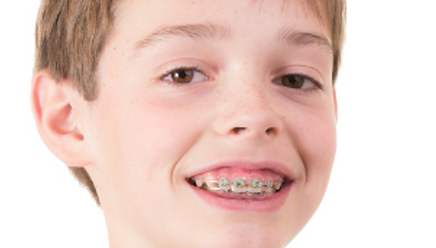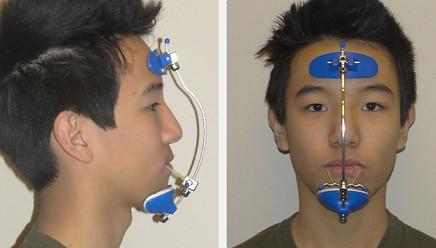
EARLY TREATMENT
Also called Phase 1 or Guidance Treatment, early diagnosis may sometimes be necessary to begin treatment before the eruption of many of the adult teeth.
In this way, we can take advantage of a growth spurt to help us to coordinate the jaws with each other or relieve the crowding of permanent teeth. If we don’t take these measures now, treatment could be much more extensive or invasive. The most common early phase treatments are:
EXPANDER
This device will be used if the upper jaw has not grown wide enough. It is attached to the back teeth and is usually kept in for about 6 months. It is important to keep the teeth and gum tissue very clean during the time it is attached to the teeth.

LIMITED BRACES
Braces may be placed on selective teeth in order to correct specific problems such as a traumatic bite, crossbite or impaction of teeth. In young patients, crowding may be evident but in most cases braces are not of significant benefit. However, crowding is usually an indication of another more significant problem that should be identified before it can worsen.

FACEMASK THERAPY
In some cases, we may use a reverse pull headgear which will encourage the upper jaw to grow forward. These are usually situations where the patient displays an “underbite” or reverse overbite. It is usually worn twelve hours per day over a period of six to eight months. Research shows that facemask therapy is most successful at nine to ten years of age, earlier than average orthodontic treatment times.

HEADGEAR
Headgear is used in cases where the upper jaw or teeth are growing too far forward of the lower. This often results in protrusion of the upper teeth known as excessive overjet. Headgear slows the forward growth of the upper jaw allowing the lower jaw to catch up and retracts the upper teeth.

